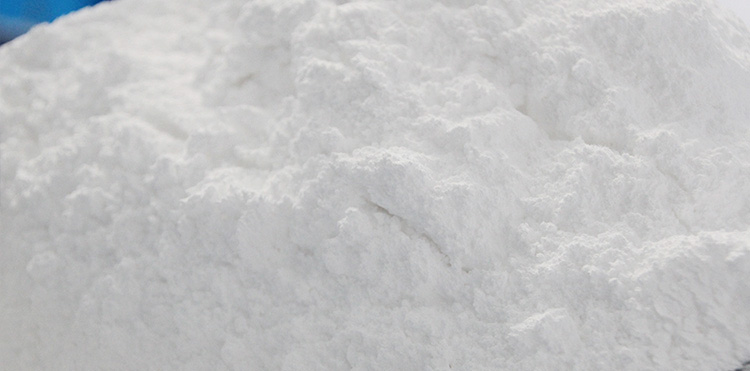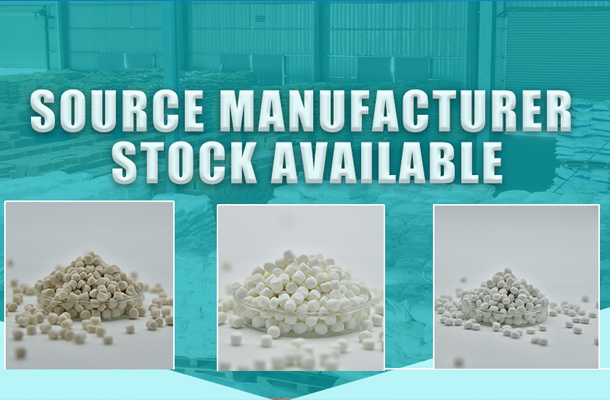Zinc stearate is an essential additive in rubber manufacturing due to its multifaceted properties that contribute to the improvement of processing characteristics and the final product's performance. Key roles of zinc stearate in rubber manufacturing include:
Lubricant and Processing Aid: It functions as an internal lubricant, reducing friction between rubber compounds and processing equipment. This leads to easier mixing, calendering, extrusion, and molding processes, improving productivity and reducing machinery wear.
Release Agent: Zinc stearate facilitates the release of uncured and cured rubber from molds and other surfaces, preventing sticking and ensuring smooth demolding. This is critical for maintaining product integrity and dimensional accuracy.
Sulfur Vulcanization Enhancer: It interacts with sulfur and accelerators, potentially forming zinc-containing complexes that can activate sulfur crosslinking reactions. This accelerates the vulcanization process and can lead to more efficient crosslink formation, improving the physical properties of the rubber.
Dispersion Aid: It aids in the even dispersion of fillers like carbon black, silica, and other reinforcing agents within the rubber matrix, ensuring a homogenous mix and enhancing the final product's mechanical strength and durability.
Softener and Plasticizer: By altering the rheological properties of rubber compounds, zinc stearate can act as a softener, improving the rubber's flexibility and processability without significantly affecting its hardness.
Antioxidant Synergy: It may interact synergistically with antioxidants present in the rubber compound, boosting their effectiveness in protecting the rubber from oxidative degradation during processing and service life.
Acid Acceptor: In rubber formulations containing acidic compounds or where acidic byproducts are formed during processing, zinc stearate can neutralize these acids, helping to maintain pH balance and stability.
However, it's important to note that the amount of zinc stearate used must be carefully controlled. Overuse can lead to surface defects such as bloom (the migration of ingredients to the surface), which affects appearance and can interfere with bonding or coating processes. Therefore, its incorporation into rubber formulations requires a balance between its benefits and potential drawbacks.








